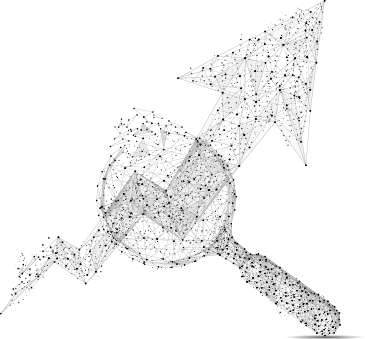Trading analysis
Knowing what to trade, when to trade and when not to trade depends on a thorough assessment of the markets. We provide every trader with the right tools to make a confident and independent decision, and regular market updates and analysis so you don't miss any trading opportunities.
The basic principles of technical analysis
Dow Theory, based on principles outlined by Charles Dow, the first editor of the Wall Street Journal, serves as the basis for technical analysis. The theory is founded on three central tenets:
Firstly, price movements are of primary importance. All major market forces are reflected in the price of an instrument. Every market shaping factor, such as political events, market sentiment, or supply and demand is reflected in the changing value of the instrument.
Secondly, prices move according to trends, which allow the technical trader to anticipate future market behaviour. Finally, price movements are cyclic and historical patterns repeat themselves. Technical traders can identify the repetitive behavioural patterns of market participants reflected in financial charts.
Technical analysis is the use of charts showing historical market data to forecast market trends and predict price movements. Technical information is displayed in graphical charts, updated in real time, which helps the technical trader predict when to buy or sell a given instrument. The trading information presented in financial charts, such as instrument prices, and trading volume, provides the basis for any technical trading strategy.
Primary technical analysis tools
Technical analysis focuses on the assessment of prices and volume to predict futures movements. There are a variety of different approaches and tools used to determine trends or market extremes.
Below is a list of some of the main technical analysis tools:
- Price chart patterns
- Indicators
- Gaps
- Support and resistance
- Trends
- Waves
Fundamental analysis
Fundamental analysis looks at the causes of market movements, from economic indicators, to weather, to political upheaval or government monetary policy. It allows traders to establish the value of a financial instrument, based on current political, social, economic and environmental factors. The theory behind fundamental analysis is that each instrument has an intrinsic worth and tends to move towards this value.
Primary fundamental analysis tools
Economic indicators are regularly published data reports that reflect the health of an economy and a country's monetary policy. Those indicators focus on a variety of sectors and they can impact the value of an instrument, if the report results are better, or worse than anticipated.
Below is a list of some of the main fundamental analysis tools:
- Interest rates
- Consumer and producer prices
- Employment reports
- Business sentiment
- Retail sales
- Gross Domestic Product





